
The qualification requirements for integrating vibration phenomena (see wiki) are gradually becoming generalized to all sectors of industrial activity. Equipment can be integrated into a vehicle (car, aircraft, train, ship, etc.), used in a vibration environment (industrial equipment, proximity to rolling systems, etc.) or can be transported (general public or professional products when they are marketed or used).
The vibration tests are diverse:
Vibration tests can be fatigue tests by monitoring of resonance, endurance, characterization (resonance frequency, transfer function,...) simulation following a customization of the tests.
Our laboratories place at your disposal the expertise of their teams in the implementation of your testing programs. The dimensioning of our vibration equipment (exciters, vibrating shakers,...) allows us to meet the most demanding specifications by reconciling our capacity to carry out your tests on bulky equipment (horizontal table 1500mm x 1500 mm) and high mass (1800 kg) and capacity of reception by their number to secure your deadlines for the implementation of your tests.
Our test solutions are integrated in a more global framework with our engineering services ranging from test tool design to virtualization of tests.
In addition to our laboratory services, our know-how has led us to offer you training solutions, as well as services dedicated to preventive and curative maintenance of your vibrators and associated calibration services.
For the duration of the tests, from a few minutes to several months, the equipment under test can be continuously monitored: thermocouple, voltage, current, rotation speed, micro-power cuts,...
Our multiple servitudes (electric, hydraulic, pneumatic) and our expertise in the field of vibration, climatic and hydraulic allow us to carry out tests in the configurations of representative environments in normal or severe use.
Vibration tests are important for vehicles, products which will require transportation and equipment which will be subjected to vibration in their operating environments.
They cover a broad array of industrial sectors: cars, rail, military hardware, aeronautics, space, nuclear, telecoms and general commercial goods.
Vibration tests are covered by various
Industry standard
Product standards
Tests specifications
Our vibration testing facilities
Our vibration test capacities cover a huge range of frequencies: from 0.1 to 6,000 Hz, with force settings of 100 to 105,000 N.
- Force: 105 000 (sinus and random) / 315 000 N (shocks)
- Frequency range: 3 - 2700 Hz,
- Maximum acceleration: 150 gn
- Velocity sine peak: 3m/s
- Displacement continous: 3 inches peak-to-peak (76.2 mm)
- Max. load mass: 1800 kg
- Horizontal LDS table: 1500 mm * 1500 mm
- 1,7 m3 climatic chamber - heat, cold and humidity control - vertically associable
- Control system and et acquisition chain: LDS, LMS, M+P, DCY with over 60 channels
- 16 channels for conditioning VISHAY strain gages
- Force: 71 000 N (sinus and random) / 142 000 N (shocks)
- Frequency range: 3 - 2500 Hz
- Maximum acceleration: 100 gn
- Velocity sine peak: 2.0 m/s
- Displacement continous: 2 inches peak-to-peak (50.8 mm)
- Max. load mass: 900 kg
- horizontal table 600 mm * 600 mm with HBT high pressure bearings
- 1,0 m3 climatic chamber - heat, cold and humidity regulation - can be combined vertically and horizontally
- Force: 81 000 N (sinus and random) / 162 000 N (shocks)
- Frequency range: 5 - 300 Hz
- Maximum acceleration: 100 gn
- Velocity sine peak: 1.78 m/s
- Displacement continous: 1 inches peak-to-peak (25.4 mm)
- Max. load mass: 900 kg
- Horizontal table 800 mm * 800 mm with TEAM high pressure bearings
- 1,0 m3 climatic chamber - heat, cold and humidity regulation - can be combined vertically and horizontally
- Force: 57 800 N (sinus) / 66 000N (random) / 198 000 N (shocks)
- Frequency range: 3 - 2500 Hz
- Maximum acceleration: 140 gn
- Velocity sine peak: 1.8m/s
- Displacement continous: 2.5 inches peak-to-peak (63 mm)
- Max. load mass: 700 kg
- Horizontal LDS table: 600 mm * 600 mm with HBT high pressure bearings
- Force: 35 000 N (sinus) / 33 000N (random) / 93 000 N (shocks)
- Frequency range: 3 - 2400 Hz
- Maximum acceleration: 50 gn
- Velocity sine peak: 1.5m/s
- Displacement continous: 2 inches peak-to-peak (50.8 mm)
- Max. load mass: 600 kg
- Force: 26 000 N (sinus / random / shocks)
- Frequency range: 5 - 3000 Hz
- Maximum acceleration: 126 gn
- Velocity sine peak: 1.65m/s
- Displacement continous: 2 inches peak-to-peak (50.8 mm)
- Force: 100 N to 13 200 N (sinus / random / shocks)
- Frequency range: 3 - 6000 Hz,
- Maximum acceleration: 120 gn
- Velocity sine peak: from 1.0 m/s to 2.5 m/s
- Displacement continous: from 0.75 inches to 2 inches peak-to-peak (50.8 mm)
For low-frequency tests requiring a significant displacement (vehicle body movement) or even to go down to 0.1Hz (marine tests), we have a set of electrohydraulic vibration generation.
- Force: 32000 N (sinus / random / shocks)
- Frequency range: 0.1 - 250 Hz,
- Maximum acceleration: 15 gn
- Velocity sine peak: 0.7 m/s
- Displacement continous: 100 mm peak-to-peak
For very high frequency tests, it is necessary to use piezoelectric vibration generating means.
We have 2 generator sets of 4 kN and 30 kN covering a range from 1000 Hz to 10 kHz with a maximum displacement of 20µm peak-to-peak.
Vibrations multiaxes
We have up to 3 axes of control which allows us to control up to 3 vibrators (electrodynamic or electrohydraulic) simultaneously.
Driving is done in sinus, random, or recopy of road signals, and on force, displacement or acceleration signals.



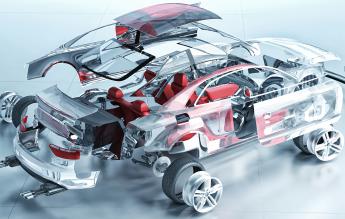






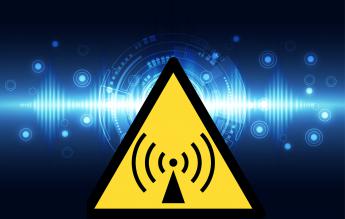
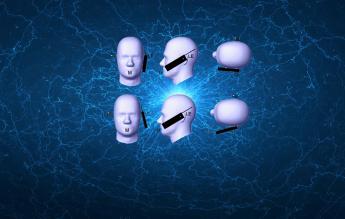
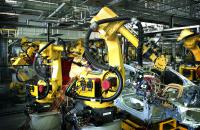

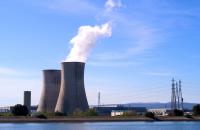

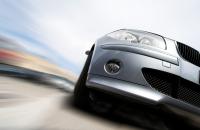
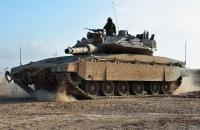

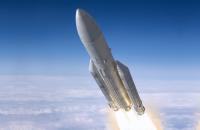

Emitech Group - Legal information